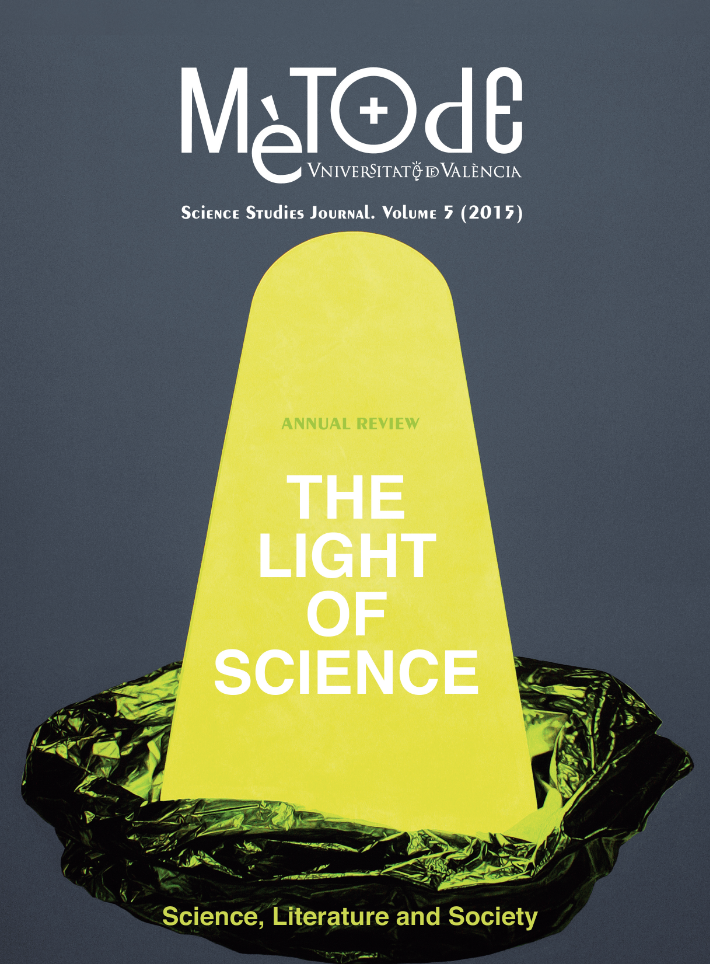The theory that never died: How an eighteenth century mathematical idea transformed the twenty-first century
DOI:
https://doi.org/10.7203/metode.0.3827Keywords:
Bayes rule, Fisher, frequentists, Laplace Abstract
Abstract
Bayes’s rule, a simple eighteenth century theory about assessing knowledge, was controversial during most of the twentieth century but used secretly by Great Britain and the United States during World War II and the Cold War. Palomares and Valencia played important roles in its development in those dark days. The rule is widely used today in the computerized world and in many applications. For instance, Bayes has become political shorthand for something different: for data-based decision-making. The Bayesian Revolution turned out to be a modern paradigm shift for a very pragmatic age.
 Downloads
Downloads
 References
References
Aldrich, J., 2004. «Harold Jeffreys and R. A. Fisher». ISBA Bulletin, 11: 7-9.
Aldrich, J., 2008. «R. A. Fisher on Bayes and Bayes’ Theorem». Bayesian Analysis, 3(1): 161-170. DOI: <10.1214/08-BA306>.
Bayes, T., 1763. «An Essay towards Solving a Problem in the Doctrine of Chances». Philosophical Transactions, 53: 370-418. DOI: <10.1098/rstl.1763.0053>.
Fisher, R. A., 1925. Statistical Methods for Research Workers. Oliver and Boyd. Edinburgh.
Jeffreys, H., 1931. Scientific Inference. Cambridge University Press. Cambridge.
Laplace, P., 1812. Théorie Analytique des Probabilités. Courcier. Paris.
McGrayne, S., 2013. La teoría que nunca murió. Critica. Barcelona.
Downloads
Published
How to Cite
-
Abstract763
-
PDF (Català)326
-
PDF (Español)585
-
PDF247
Issue
Section
License
![]()
All the documents in the OJS platform are open access and property of their respective authors.
Authors publishing in the journal agree to the following terms:
- Authors keep the rights and guarantee Metode Science Studies Journal the right to be the first publication of the document, licensed under a Creative Commons Attribution-NonCommercial-NoDerivatives 4.0 International License that allows others to share the work with an acknowledgement of authorship and publication in the journal.
- Authors are allowed and encouraged to spread their work through electronic means using personal or institutional websites (institutional open archives, personal websites or professional and academic networks profiles) once the text has been published.





